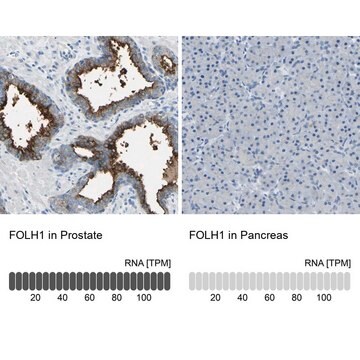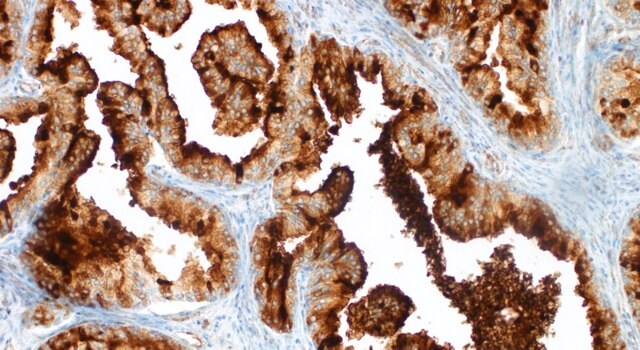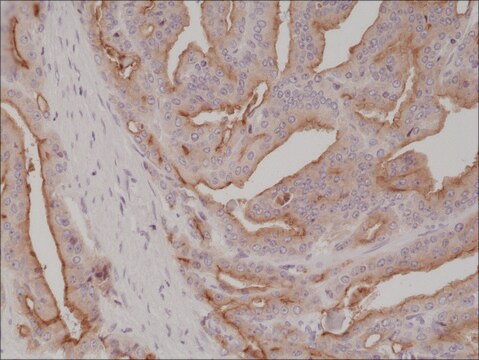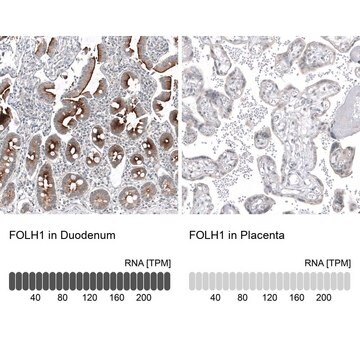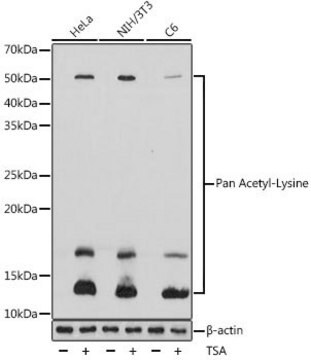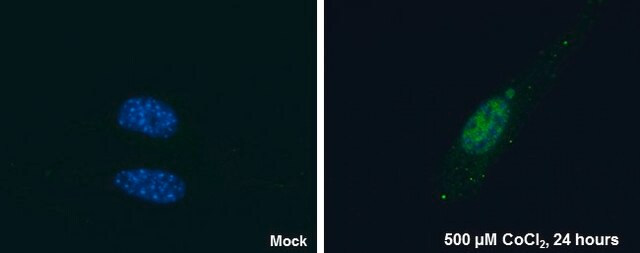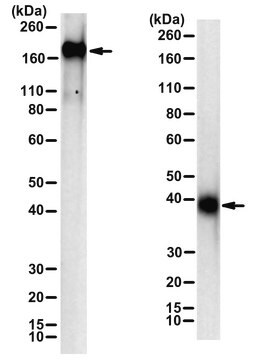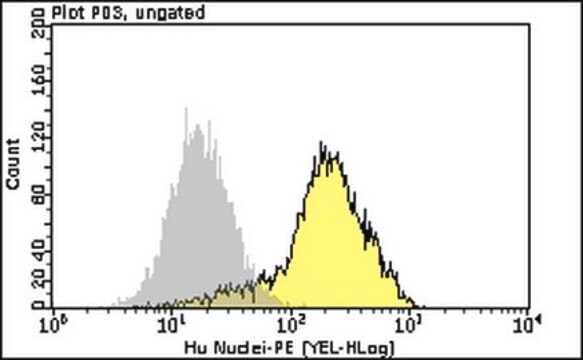ABS314
Anti-APPL1 Antibody
from rabbit, purified by affinity chromatography
Synonym(s):
DCC-interacting protein 13-alpha, Dip13-alpha, Adapter protein containing PH domain, PTB domain and leucine zipper motif 1
About This Item
Recommended Products
biological source
rabbit
Quality Level
antibody form
affinity isolated antibody
antibody product type
primary antibodies
clone
polyclonal
purified by
affinity chromatography
species reactivity
rat, mouse, human
technique(s)
immunocytochemistry: suitable
immunohistochemistry: suitable
immunoprecipitation (IP): suitable
western blot: suitable
NCBI accession no.
UniProt accession no.
shipped in
wet ice
target post-translational modification
unmodified
Gene Information
human ... APPL1(26060)
General description
Immunogen
Application
Apoptosis & Cancer
Cell Cycle, DNA Replication & Repair
Immunoprecipitation Analysis: A representative lot from an independent laboratory immunoprecipitated APPL1 in HUVEC cell lysate (Lin, D. C., et al. (2006). Mol Cell Biol. 26(23):8928-8941.).
Immunohistochemistry Analysis: A representative lot from an independent laboratory detected APPL1 in liver tissues from mice fed with either a standard diet, high fat diet, or a high fat diet with exercise (Marinho, R., et al. (2012). J Cell Physiol. 227(7):2917-2926.).
Immunocytochemistry Analysis: A representative lot from an independent laboratory detected APPL1 in pancreatic islets and impaired GSIS cells of dietary and obese mice (Cheng, K. K., et al. (2009). Cell Metab. 9(5):417-427.).
Quality
Western Blotting Analysis: 0.5 µg/mL of this antibody detected APPL1 in 10 µg of A431 cell lysate.
Target description
Physical form
Storage and Stability
Other Notes
Disclaimer
Not finding the right product?
Try our Product Selector Tool.
Storage Class Code
10 - Combustible liquids
WGK
WGK 2
Flash Point(F)
Not applicable
Flash Point(C)
Not applicable
Certificates of Analysis (COA)
Search for Certificates of Analysis (COA) by entering the products Lot/Batch Number. Lot and Batch Numbers can be found on a product’s label following the words ‘Lot’ or ‘Batch’.
Already Own This Product?
Find documentation for the products that you have recently purchased in the Document Library.
Our team of scientists has experience in all areas of research including Life Science, Material Science, Chemical Synthesis, Chromatography, Analytical and many others.
Contact Technical Service